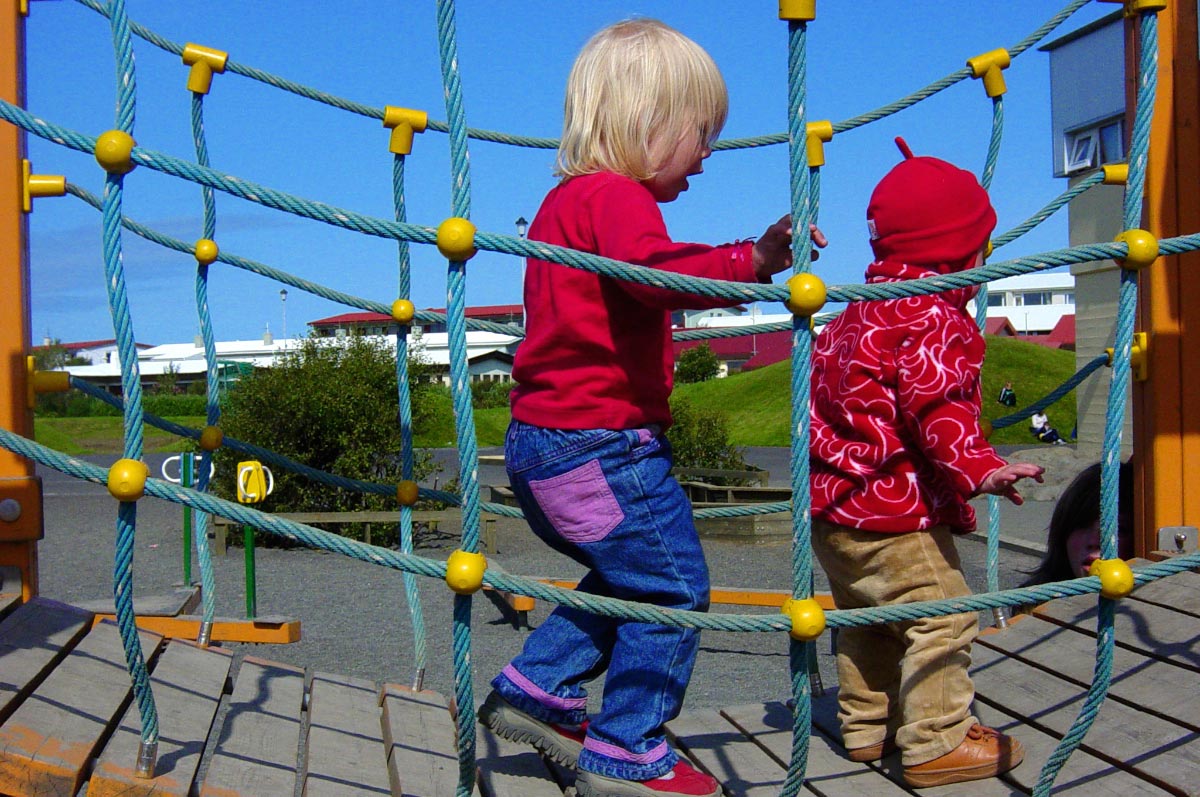
In the study, the researcher from the University of Jyväskylä used the data from the ongoing longitudinal Cardiovascular Risk in Young Finns Study (YFS) with more than 3,500 participants who were children and teens and registries collected by the Finnish Longitudinal Employer-Employee Data (FLEED) of Statistics Finland. The participants' physical activity during different stages of life – frequency of leisure-time physical activity, participation in sports training, and participation in sports competition – were assessed. In addition, the FLEED data and YFS data were linked together to determine the participants' education and labor market results.
Results revealed that kids who were physically active had higher grades after completing basic education compared to those who were inactive. Moreover, physically active children had an approximately extra year of education in adulthood compared with less physically active children. Furthermore, they had bigger long-term incomes and better jobs than the less active ones.
In conclusion, the findings of the study suggest that being physically active in childhood may play a role in the level of education and earnings of a person. Thus, a higher physical activity during childhood may result to better educational achievement and attainment, and higher incomes. The study author believes that childhood physical activity could be an investment for later success in education and work.

How to get your child moving
In the U.S., only one in every three children are physically active every day, meeting the recommended one hour physical activity per day. Instead of spending time in sports, games, and other physical activities, children and adolescents spend more time using TVs, computers, phones, and other electronic devices — spending an average of over seven hours a day. Physical inactivity can lead to various health problems such as obesity, diabetes, and heart disease. Parents must encourage their child to be more physically active. Here are some tips on how to get them moving.
-
Make it fun – Find a fun activity for your child. If your child is doing something he or she enjoys, there is a higher chance that he or she will continue doing it. Also, this is a great way to spend time with your child, so get the whole family involved.
-
Find an age appropriate activity – The levels of physical activities vary depending on the age of your child. Choose an activity that will help them develop their skills according to their age. Preschoolers can enhance their motor skills through play and exercise such as kicking a ball, playing tag, riding a trike or bike with training wheels, or running obstacle courses. Meanwhile, help school-age kids find activities that they enjoy and feel successful doing like sports. For teens, choices can range from sports to after-school interests like yoga or skateboarding.
-
Plan it – Plan the activity in a convenient time and place.
-
Ensure a safe environment – Ensure the equipment and place are safe for your child. Moreover, your child's clothes must be comfortable and appropriate for the activity.
-
Be a good example – Kids often imitate what their parents do. If they see you exercising regularly, they will more likely do the same.
-
Limit gadget use – Limit your child's use of gadgets to one to two hours a day.
-
Do not overdo it – Too much of something is not good. Physical activity must not be overdone to the point that it hurts your child.
Learn more about the benefits of exercise at a young age at Naturopathy.news.
Sources include:
Please contact us for more information.





















